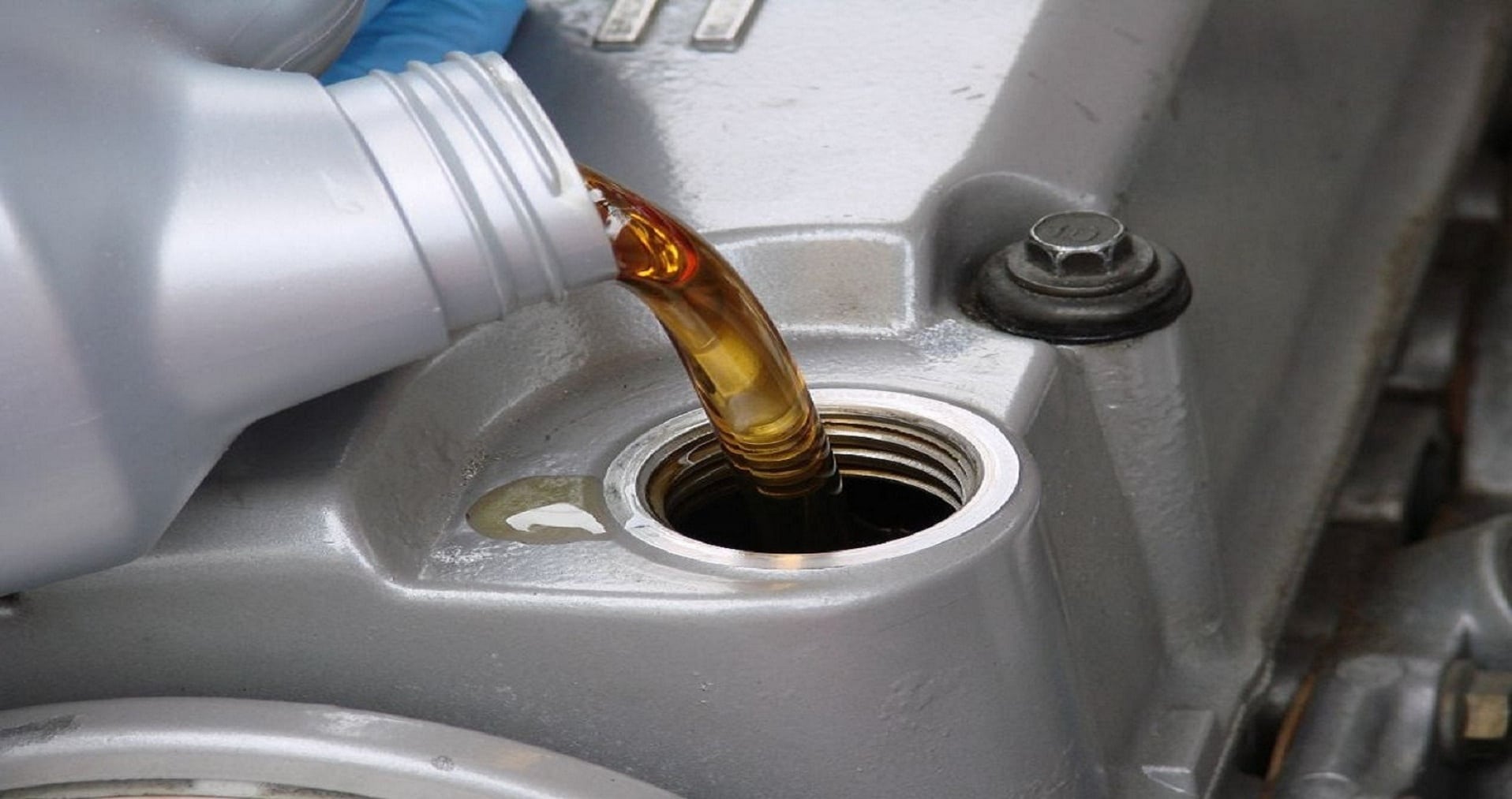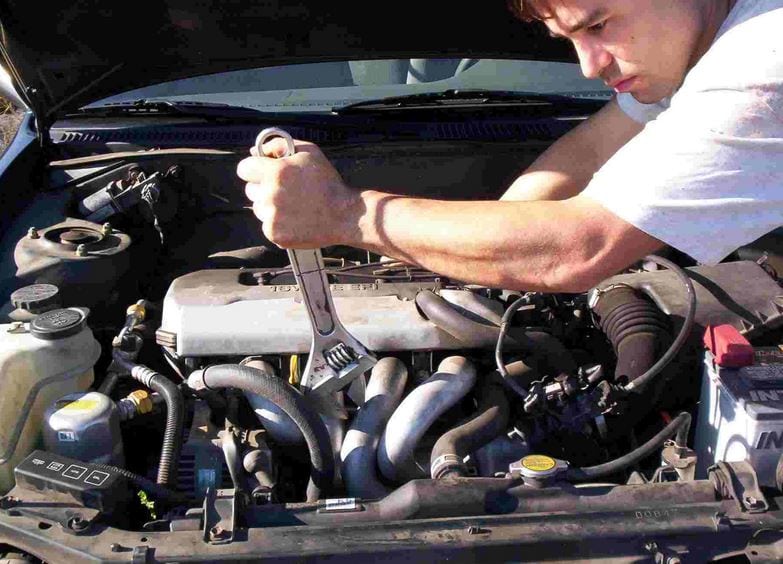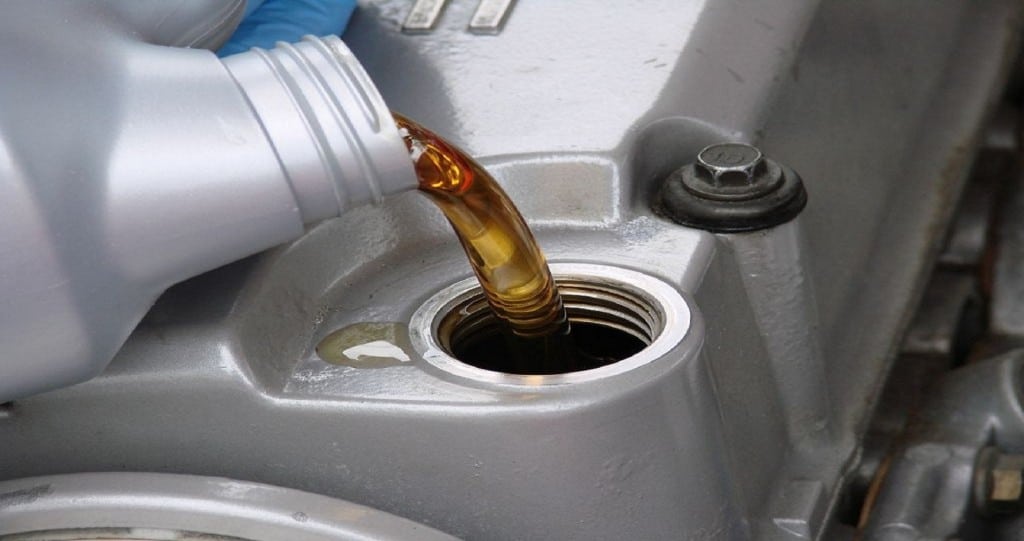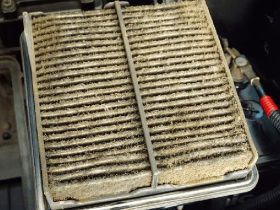The question of oil change intervals is often controversial as there is a long-held school of thought that says it should be done, religiously, at every 3,000 miles or so. This “old school” way of thinking, however, is giving way to a new way that has longer and longer intervals, often out to more than double and sometimes even triple the old 3,000-mile rule.
So what should you do?
The rule of thumb for mechanics has always been “3,000 miles” in between oil changes on gasoline vehicles. Today’s owner’s manuals in vehicles are often pushing that to 5,000 or more miles between changes.
Most car owners go with the owner’s manual recommendations and, if your vehicle is under warranty, that’s your best bet. Changing it sooner is not likely to cause problems, but waiting longer and doing it later could. For this reason, most dealerships and owner’s manuals will say “5,000 miles or earlier.”
The Old Mechanic’s 3,000 Mile Oil Change
Mechanics know that if you give an inch, they’ll take a mile. So recommending a change at 3,000 miles will usually mean the car’s owner will come in at 3,500 or 4,000 miles for the oil change. In engines older than the 1980s, this would mean nasty buildup on the engine and often low oil levels in the pan and block.
Most older engines “use” (burn or leak) oil at a much higher rate than today’s engines. A Toyota engine from the 1980s and 1990s, for example, might use half a quart of oil between oil changes of 3,500 miles and engines that have high mileage will likely use even more. Today’s engines (post 2000 or so) usually do not use as much and may use less than half a quart between 5,000+ mile oil changes, even at high mileage.
The less oil there is in the car, the more the existing oil will “sludge” – thicken due to impurities that get into it. So mechanics will usually recommend a 3,000 mile or so oil change interval (this includes filter changes) to combat this problem.
The New School of Thoguht
Both motor oils and engines have improved with modern technologies, however. Tolerances in engine blocks are much tighter and leaks are far less common. Oil viscosities (thickness versus “stickiness”) have improved as well, creating better lubrication and fewer leak and burn problems, even at higher engine block temperatures.
For these reasons, oil change intervals are often extended on newer vehicles with manufacturers feeling comfortable recommending 5,000 mile or more intervals, even under warranty. A Hyundai with a 10 year/100,000 mile warranty often has a 5,000 mile oil change interval recommendation, even at that long term guarantee.
So What Should You Do?
Whatever your mechanic tells you, at minimum, you should go with the factory recommendation for your vehicle. Changing more often is not likely to cause any problems for your vehicle, but changing later will. Ultimately, however, it’s your vehicle and how long you are comfortable waiting is your choice.
One thing you should definitely do, however, is check oil levels and cleanliness often. You should do a full walkaround, checking lights, safety equipment, etc., regularly and this should include fluid checks (oil, washer fluid, coolant, brakes, and so forth). At minimum, you should be checking your oil at least once in between oil change intervals. It’s easier to remember to check it at every fill-up at the pump, though, and since it only takes a couple of seconds, it’s easy to get in the habit of doing so.
The number one problem with long oil change intervals is low oil levels that cause unnecessary stress and buildup in the engine.







